“Children are tough, though we tend to think of them as fragile. They have to be tough. Childhood is not easy. We sentimentalize children, but they know what’s real and what’s not. They understand metaphors and symbols. If children are different from us, they are more spontaneous. Grown-up lives have become overlaid with dross.”
Maurice Bernard Sendak never lied. To his reader base. To himself. To the art of the writing. Very true, very honest, very pure in his expression; Sendak is one of the most respected American children’s authors ever lived. Along with being an illustrator, he wrote and expressed the hardships of a child. The worries of the immensely complex and layered inner journey of childhood are conveyed with simplicity and purity.
Born on June 10, 1928 in Brooklyn, New York, United States; Sendak majorly wrote about things that characterized his own childhood. The deeper, darker, intense life experiences.
‘Where the wild things are’, adventures of a boy named Max, is one of Sendak’s most popular books. His very first book (which he had also illustrated), ‘Kenny’s Window’ was an account of his own childhood and the experiences he had growing up. ‘Very far away’, ‘The sign on Rosie’s door’, ‘The Nutshell library’, ‘In the night kitchen’, ‘Seven Little monsters’, ‘Outside over there’ happen to be a few amongst the long list of titles in Sendak’s illustrious body of work.
“I can still remember the smell and feel of the bindings of those first two books”, Sendak affectionately refers to his very first reads ‘The Prince and The Pauper’ and ‘The three musketeers’.
Sendak wrote with music playing in the backdrop. Influence of which is visible in his writings. He could hear it, sense it, feel it. Writing fantasies allowed him to explore and feel liberation and translate it over to his reader base, little kids who took his fantastical imagination to another level with their own imagination. Sendak had once said “It is through fantasy that children achieve catharsis. It is the best means they have for taming Wild Things.”
Sendak also went on to make films and conduct exhibitions of his illustrations. He dabbled into multiple different forms and mediums of content creation. And justified almost all of it convincingly.
Hans Christian Andersen award, Astrid Lindgren memorial award, Laura Ingalls Wilder Medal are a few amongst the countless laurels Sendak has been bestowed upon.
“A letter from a seven-year-old boy encourages me to think that I have reached children as I had hoped. He wrote: ‘How much does it cost to get to where the wild things are? If it is not expensive, my sister and I want to spend the summer there. Please answer soon.” This is the impact Maurice Sendak’s writings have had upon children. It made them think. It made them imagine.
We are there again. Exploring yet another way to keep ourselves engaged with the beautiful fictional world. Something that helps us stay alive. And imagine. We are there again. Picking a new book from a new master of this artform.
Happy reading!

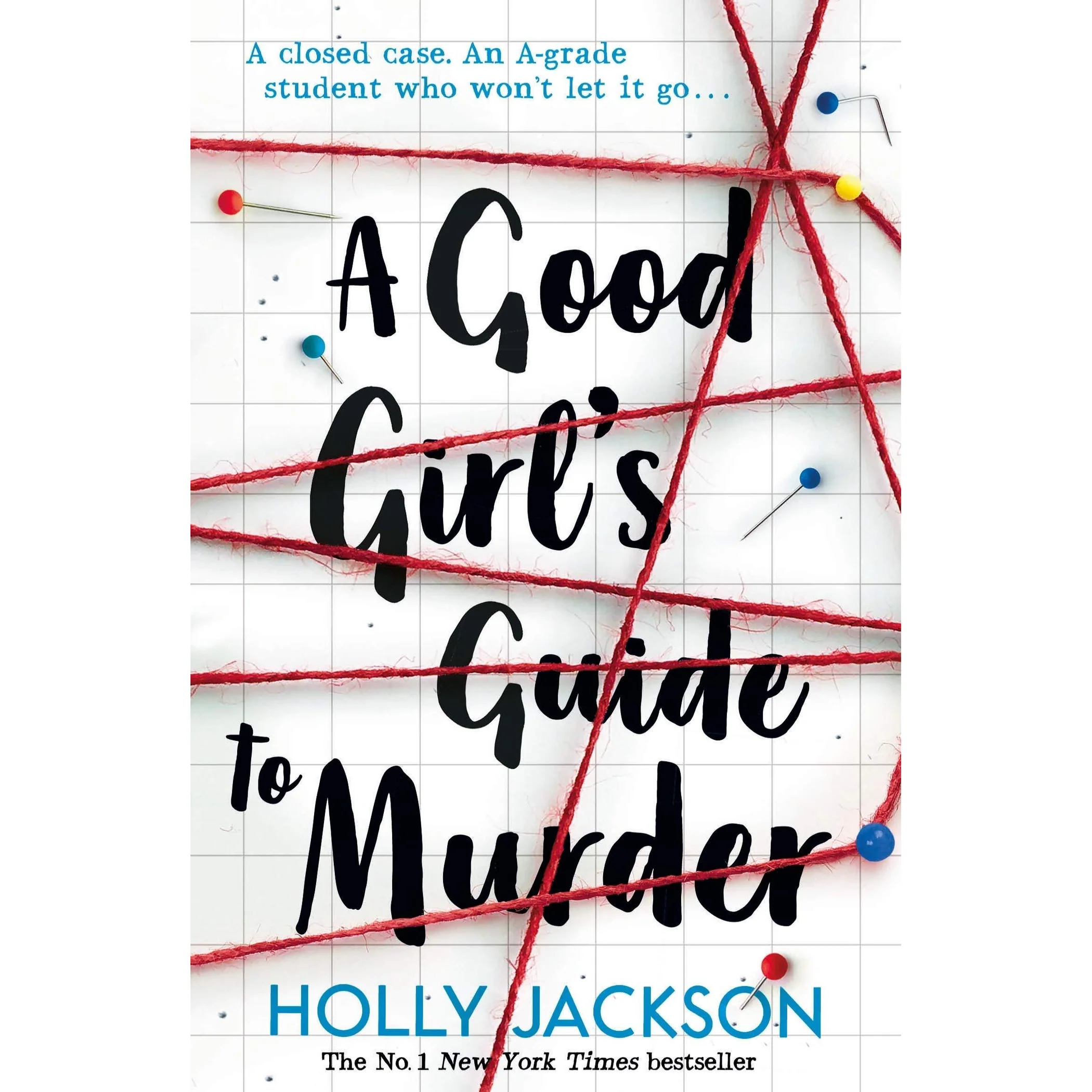)
)
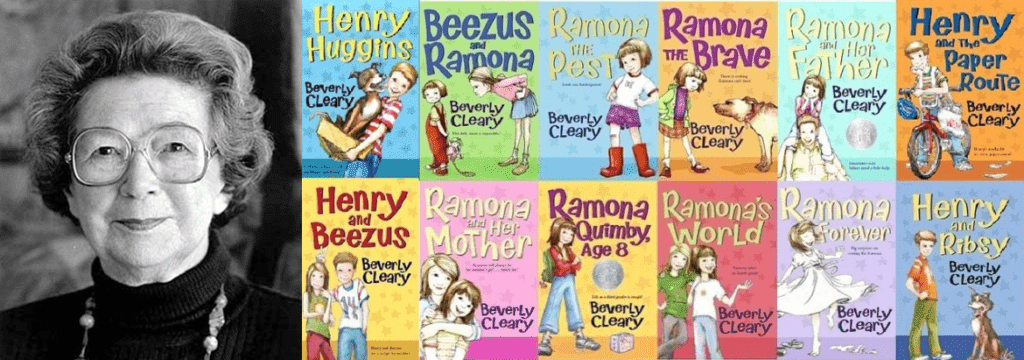)
)
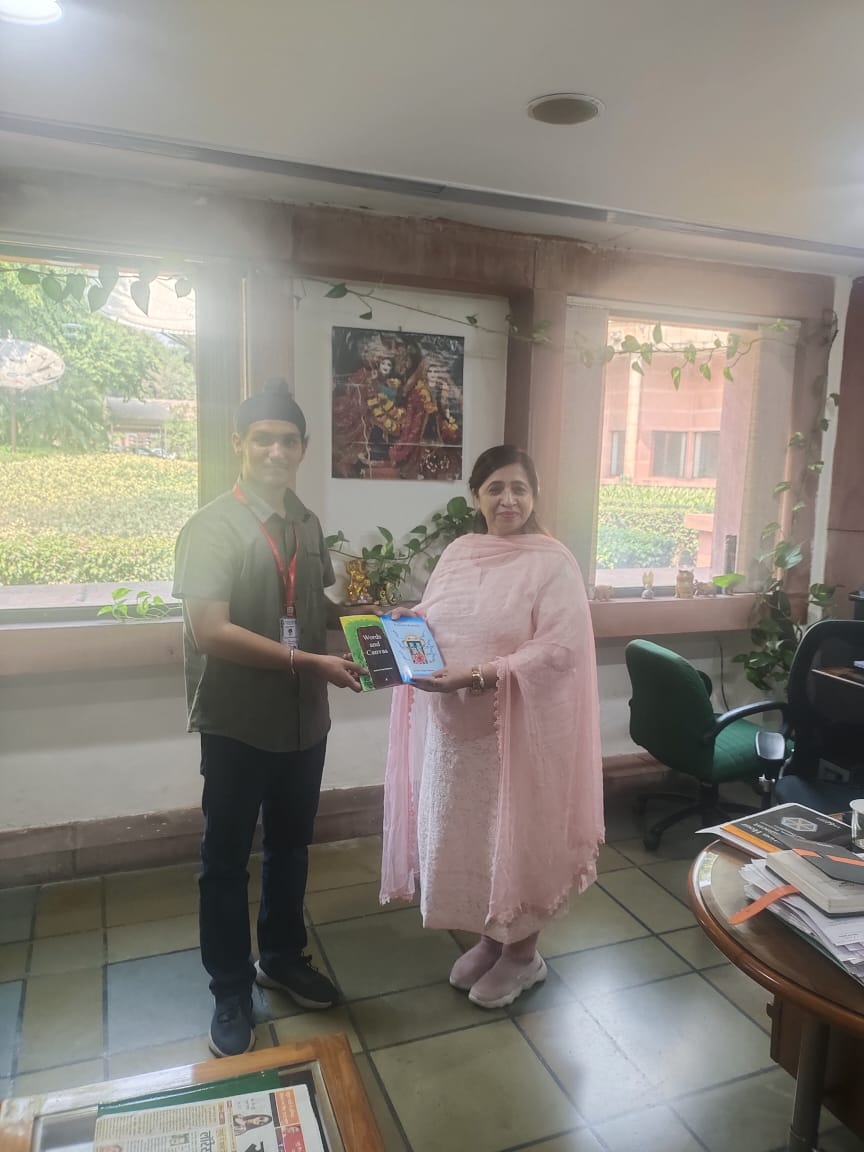)
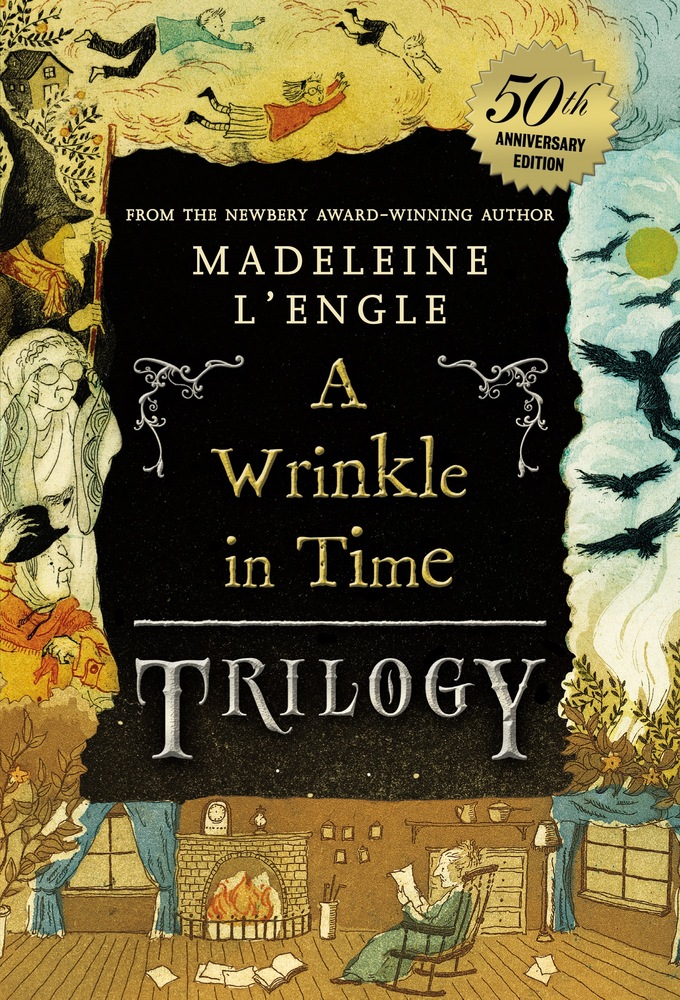)
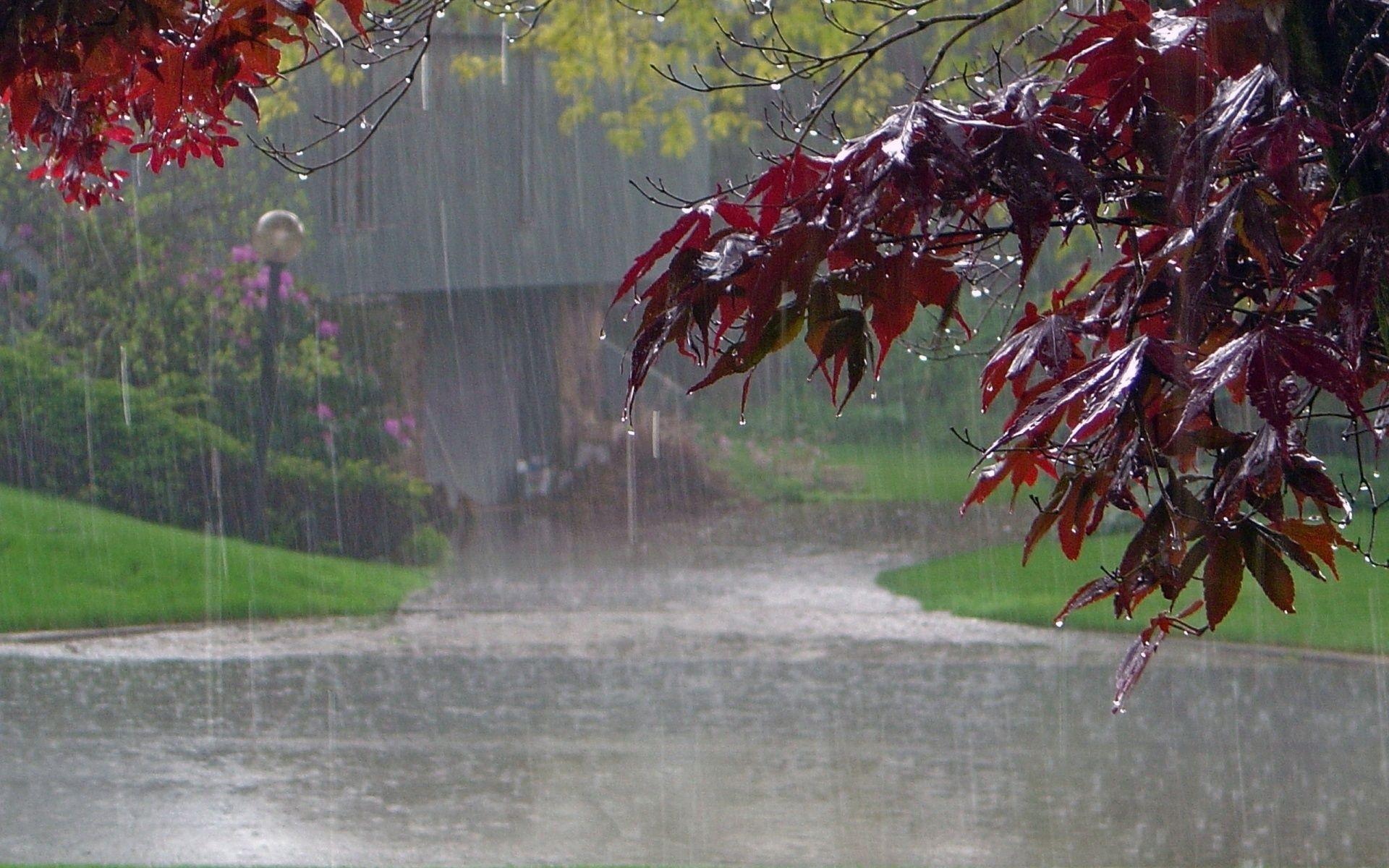)
)
)
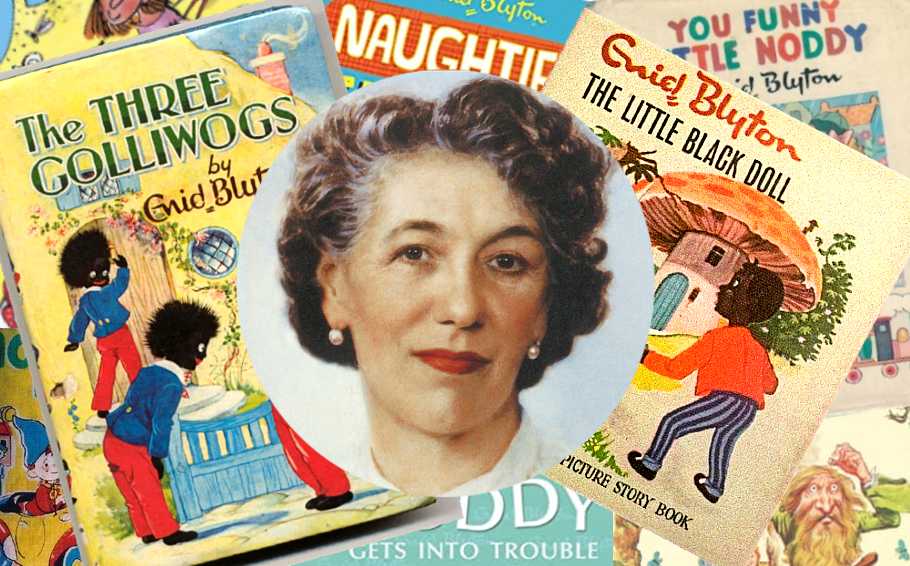)